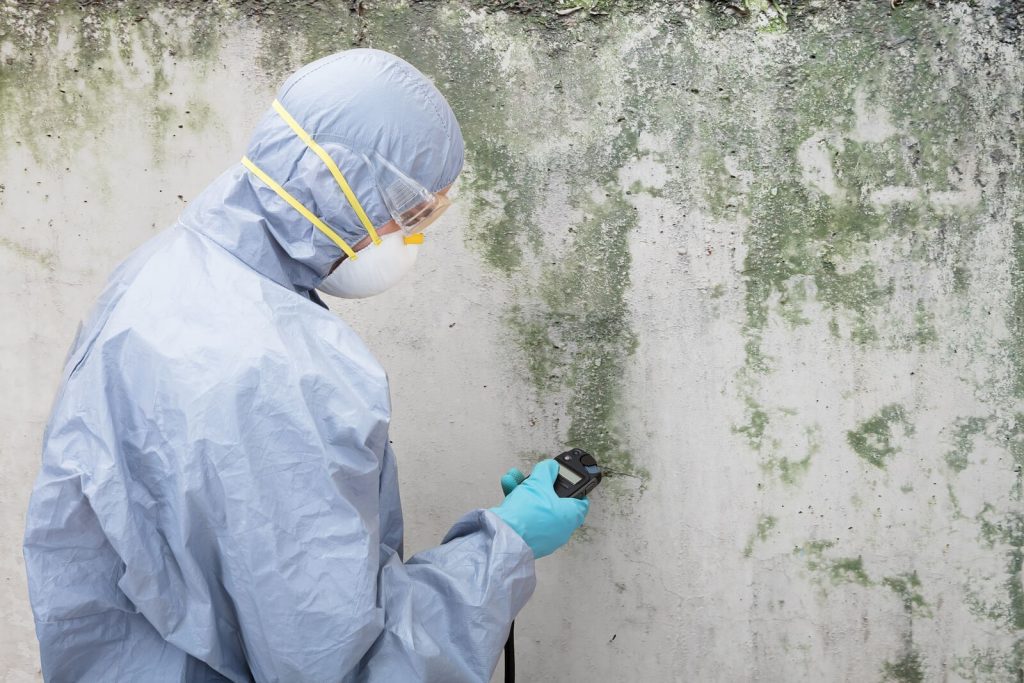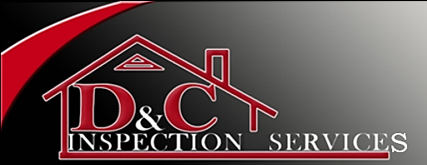
A Step-by-Step Guide to Chinese Drywall Testing
Chinese drywall, imported from China during the mid-2000s housing boom, is linked to various problems, including unpleasant odors, health issues, and damage to electrical systems and appliances. Testing for Chinese drywall is essential to determine if your home is affected and to address any problems. This guide outlines a step-by-step approach to testing for Chinese drywall, helping homeowners and professionals manage the process effectively.
Step 1: Understand What Chinese Drywall Is
Chinese drywall, also called Chinese gypsum board, was imported in large amounts between 2001 and 2007. It often contains high levels of sulfur compounds, which can release harmful gases and cause issues in homes, such as corrosion of electrical wiring, respiratory problems, and bad smells. Knowing these issues highlights the need for accurate testing and proper handling.
Step 2: Recognize the Signs of Chinese Drywall
Before testing, identify potential signs of Chinese drywall. Common indicators include persistent sulfur-like or rotten egg smells in your home, particularly near drywall. Corroded metal parts, such as visible damage to copper wiring, plumbing fixtures, or appliances, can also signal a problem. Health complaints like respiratory issues might suggest an issue as well. Homes built or renovated between 2001 and 2007, especially those with imported drywall, are more likely to be affected.
Step 3: Choose the Right Testing Method
There are several methods for testing Chinese drywall, each with its own pros and cons:
Visual Inspection involves looking for visible signs of Chinese drywall, like discoloration or stains on drywall and corrosion on metal parts. While this can help identify problem areas, it is not enough to confirm the presence of Chinese drywall on its own.
Chemical Testing involves sending drywall samples to a lab for analysis. This method is more accurate and can confirm if Chinese drywall is present. Collect samples carefully, following safety guidelines, and send them to a reputable lab. The lab report will indicate sulfur levels and confirm whether Chinese drywall is present.
Environmental Testing measures sulfur levels in the air inside your home. This can show if harmful gases are present but doesn’t pinpoint the exact source. Hire a certified environmental testing company to measure sulfur levels in different areas of your home. Review the results with the professional to understand if sulfur levels are high, which may indicate Chinese drywall or another sulfur source.
Step 4: Analyze and Interpret the Results
Understanding the results from visual, chemical, or environmental testing is crucial. High sulfur levels in drywall samples confirm the presence of Chinese drywall. Elevated sulfur in the air suggests the presence of sulfur but doesn’t confirm the exact source. Visual inspection can suggest issues but isn’t definitive. If you’re unsure about the results, consult a professional for expert advice and guidance.
Step 5: Plan for Remediation
If testing confirms Chinese drywall, remediation involves several steps. Start by consulting with experts to assess the problem and create a remediation plan. The main method is to remove and replace the contaminated drywall, check and repair underlying structures, and install new drywall. Afterward, clean and ventilate the home to address health and safety concerns and test the air quality to ensure sulfur levels are reduced. To prevent future issues, get drywall from reputable manufacturers and avoid unknown materials.
Step 6: Document the Process
Keep detailed records of all testing and remediation activities. This includes saving copies of test reports and analyses, documenting the steps taken during remediation (such as the removal and replacement of drywall), and noting any health issues related to the drywall and how they were addressed. Documentation is important for future reference, insurance claims, and potential resale of the property.
Conclusion
Testing for Chinese drywall involves a systematic approach to identifying and addressing potential problems in your home. By understanding the nature of Chinese drywall, recognizing signs, choosing the right testing methods, analyzing results, and planning for remediation, you can effectively manage and resolve issues. This guide aims to provide the knowledge needed for confident and effective handling of Chinese drywall testing and remediation.
